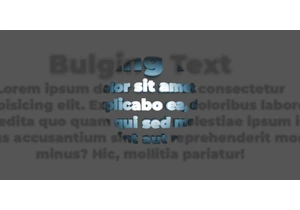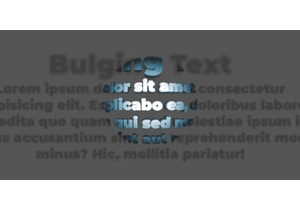Let’s look at how to get the user’s mouse position and map it into CSS custom properties: --positionX and --positionY. We could do this in JavaScript. If we did, we could do things like make make an element …
The post How to Map Mouse Position in CSS appeared first on CSS-Tricks. You can support CSS-Tricks by being an MVP Supporter.
Login to add comment
Other posts in this group

Images in long-form content can (and often should) do more than illustrate. They help set the pace, influence how readers feel, and add character that words alone can’t always convey.
<p

In this third and final chapter, we’re stepping into interactivity by adding JavaScript, starting with a simple :hover effect, and ending with a fully responsive bulging text that foll

In this chapter, we will explore ways to animate the effect, add transitions, and play with different variations. We will look at how motion can enhance depth, and how subtle tweaks can create a wh

A client asked me to create a bulging text effect. With a bit of cleverness and some advanced CSS, I managed to get a result I’m genuinely proud of, which is covered in this three-part series.



